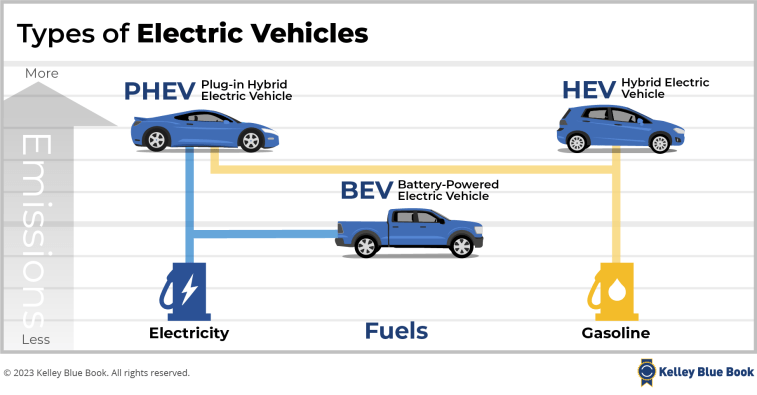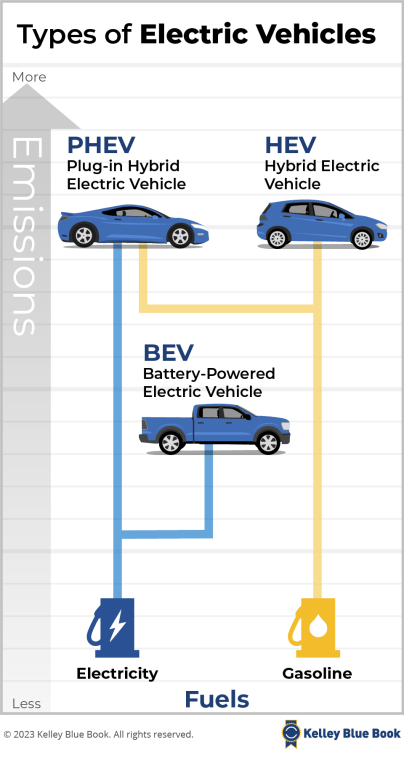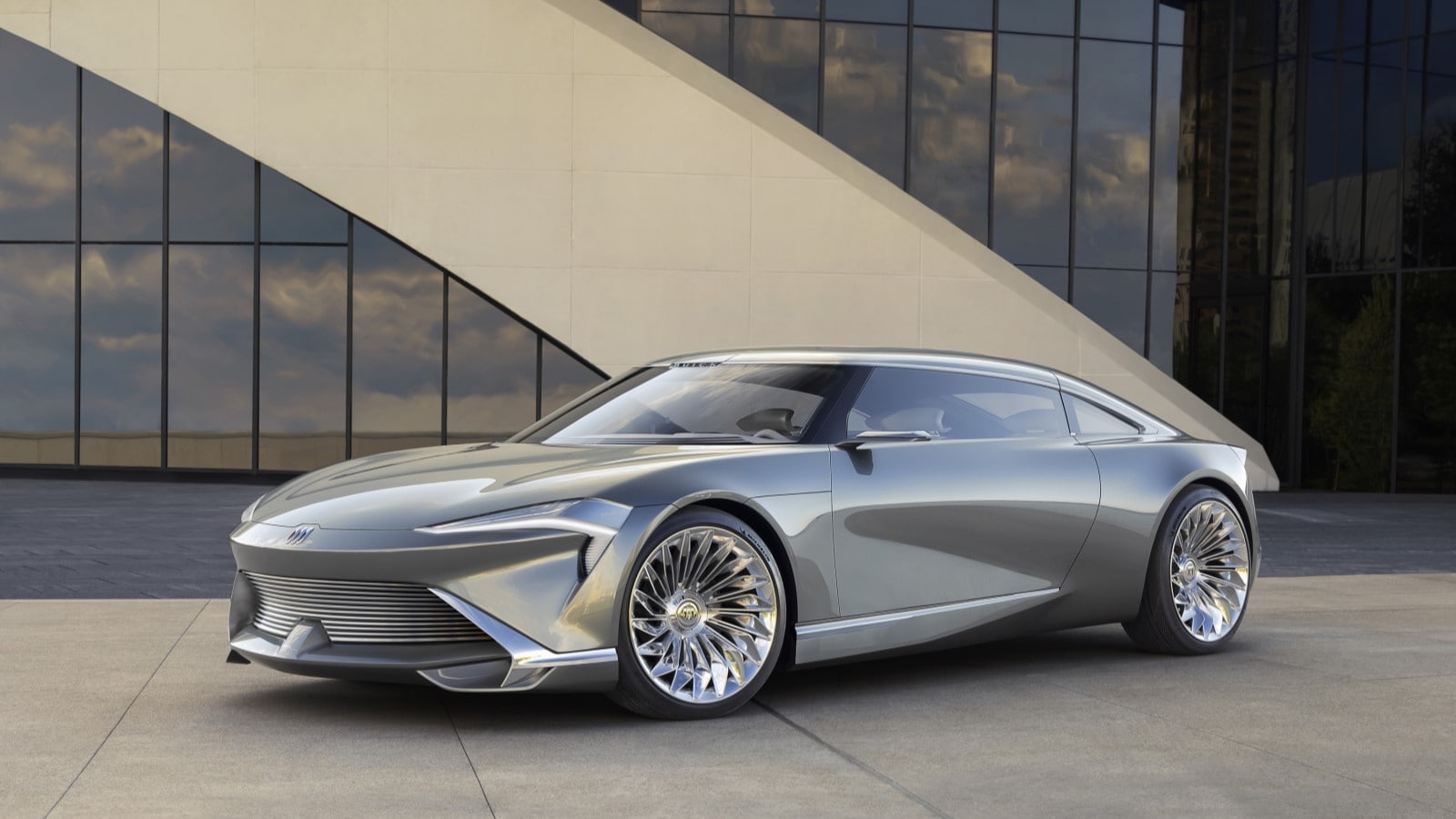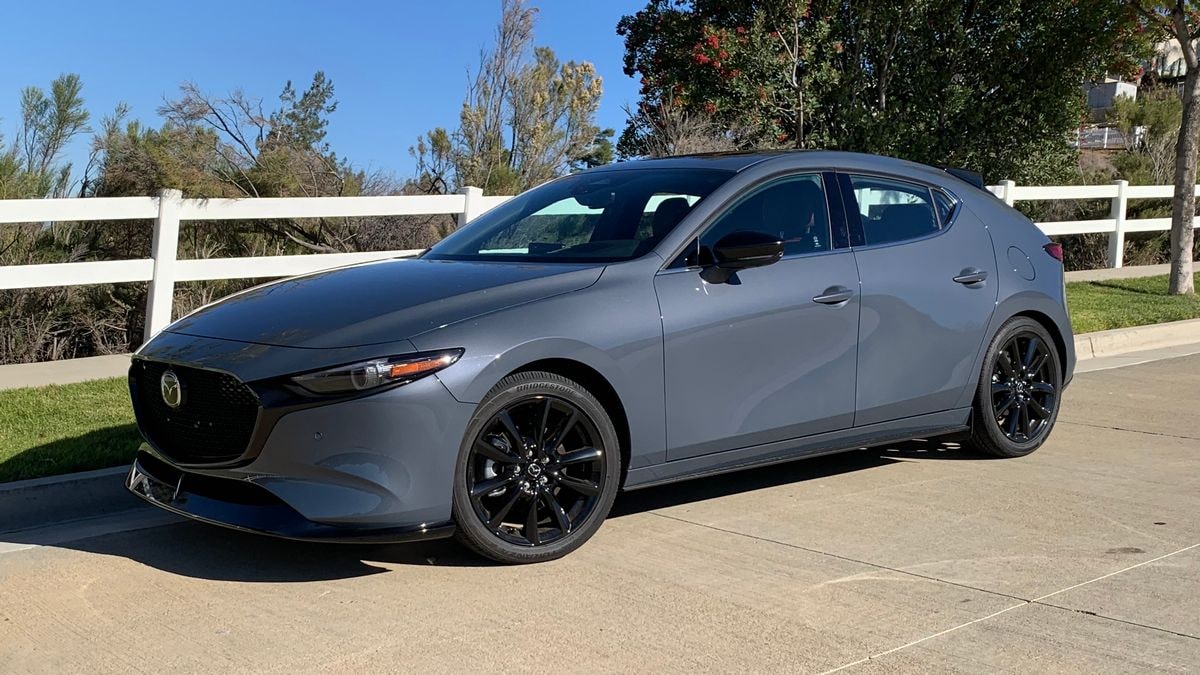Quick Facts About Hybrid vs. Plug-in Hybrid Vehicles
- Both options reduce tailpipe emissions and improve fuel efficiency compared to conventional gasoline vehicles.
- Plug-in hybrid vehicles require external charging and can be more expensive than traditional hybrids.
- Consider factors including charging availability, budget, environmental concerns, and commute length when deciding between the two.
As automotive technology advances and more drivers become aware of their cars’ environmental impact, alternatives to gasoline-powered vehicles are rising in popularity. Two options many mainstream automakers offer are hybrid electric vehicles (HEVs) and plug-in hybrid electric vehicles (PHEVs). While their names are similar, they have distinct differences. See below for a clear breakdown, including pros and cons, to help you decide if a hybrid or PHEV is right for your driving needs.
Plug-in Hybrid vs. Hybrid
A hybrid electric vehicle has a gas-powered internal combustion engine (ICE) and a battery-fed electric motor that work in tandem to run the car. Most hybrid systems use regenerative braking to recharge the battery behind the scenes as you drive.
Similarly, plug-in hybrid electric vehicles have the same setup: a gas engine and a battery-fed electric motor. However, they’re equipped with a larger battery and motor that work independently from the gas engine to power the car. Instead of relying solely on its regenerative braking system, a PHEV must be “plugged in” via a charging port as with a pure electric vehicle (EV).
Plug-in hybrids tend to be more expensive than hybrid vehicles. The added flexibility and convenience of using all-electric power for shorter drives while still being able to rely on the gasoline engine comes with an added cost. Still, the money spent upfront may balance out with the lower fuel surcharges.
NOTE: Some drivers have safety concerns about the lithium-ion battery packs used in electric vehicles. Hybrids and PHEVs also use rechargeable batteries. These batteries are generally safe but can be dangerous if damaged or faulty. Always follow the manufacturer’s guidelines for vehicle storage and battery maintenance.
Differences
- Engine/Motor Size: The electric motor in a hybrid car supports the engine; it isn’t designed to power the car on its own for longer trips or higher speeds. Instead, it assists the gas engine, improving fuel economy and achieving longer distances. Alternatively, PHEVs have larger batteries than hybrids to power the car for longer commutes. They run solely on the electric motor until the battery drains, then seamlessly switch to the gas-powered engine.
- Charging: HEV batteries recharge through the power produced by the car’s regenerative braking system. By contrast, PHEVs must be plugged into a power source to fully recharge the battery. This arguably makes them more energy efficient than HEVs, depending on how often you drive and how regularly you use the electric motor to power the car.
- Fuel Efficiency: HEVs offer improved fuel efficiency compared to conventional gas-powered vehicles. This can make a big difference for daily commutes and long-distance drives as the two power sources work together. PHEV drivers who drive only a few miles a day might consume no gasoline for a week while the vehicle operates only on its electric power.
Similarities
- Reduced Emissions: Both full hybrids and plug-in hybrids contribute to reduced emissions and improved fuel economy compared to traditional gasoline vehicles, making them more environmentally friendly.
- Dual Power Sources: Both hybrids and plug-in hybrids feature a combination of an internal combustion engine (usually gasoline) and an electric motor. This dual-power system provides increased efficiency and reduced emissions compared to traditional gasoline-only vehicles.
- Regenerative Braking: Both types of hybrids employ regenerative braking systems, which capture and store energy during braking and deceleration to recharge the electric battery. This technology improves overall performance and energy efficiency.
Plug-in Hybrid
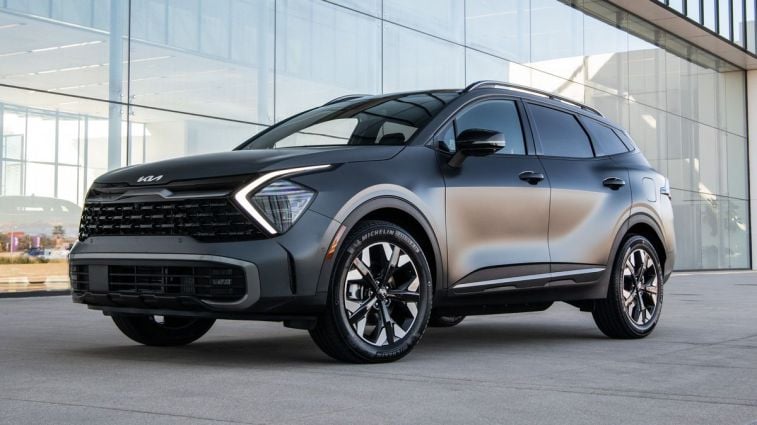
The dual power system of a PHEV offers drivers the flexibility to use gas or electricity to power the vehicle. As mentioned above, it has a larger electric motor that can operate on its own to power the car. The electric driving range varies from one model to the next, depending on the battery capacity, and it will tap into the gas engine when the battery reserve is low.
PHEVs are great for mindfully lowering your emissions output when running quick errands and during short trips. Their versatility bridges the gap between gas-powered vehicles and EVs, making them the ideal choice for those on the fence between the two.
Pros of a Plug-in Hybrid
- Lower Emissions: Depending on the model, PHEVs can travel about 35 miles using only electricity, producing zero tailpipe emissions. This makes them more environmentally friendly than gas vehicles.
- Increased Fuel Efficiency: PHEVs offer superior fuel efficiency, especially in electric-only mode. According to the U.S. Department of Energy, the annual cost to fuel a PHEV is between $1,000 and $2,000. Conventional vehicles with internal combustion engines can have between $2,000 and $7,000 in annual fuel expenses.
- Battery Range: While the battery capacity of PHEVs may not be as robust as all-electric cars, they still offer a reasonable range for daily driving. When the battery level gets low, the power switches to the engine using fuel from the gas tank. This combo can help eliminate the range anxiety many potential EV owners experience.
- Rebates and Incentives: Plenty of government tax credits and incentives are available for PHEV buyers. In many regions, local utility companies also offer promotions and rebates. These financial incentives can help offset the upfront cost of ownership.
Cons of a Plug-in Hybrid
- Limited Electric Range: PHEVs have a limited electric range. Depending on the model, they can typically travel from 15 to 40 miles using only battery power. This may not be enough for drivers with longer commutes who want to lean on the battery to power the vehicle.
- Charging Requirements: As with EVs, drivers must plug in PHEVs to fully charge the battery. You’ll rely on a slower, trickle charge via a household 120-volt outlet for recharging overnight if you don’t have a Level 2 charging station installed at home. You can also use public charging stations, but availability may still be spotty in some areas.
- Upfront Cost: PHEVs are more expensive than gas-powered vehicles. The propulsion battery, electric motor, and related components come with an added cost.
- Battery Replacement Costs: Propulsion battery failure is uncommon. Still, there’s a hefty cost if the PHEV battery needs replacing and falls outside the battery warranty.
- Maintenance: PHEVs have an internal combustion engine and an electric motor. You’ll need to service the gas-powered engine and have those maintenance costs. Fully electric cars have fewer moving parts and typically require less maintenance.
Why Would Anyone Want a Plug-in Hybrid?
People who primarily drive short distances with daily mileage within a PHEV’s battery range enjoy using only electric power and not a drop of gasoline, but want the flexibility and convenience of a gas-powered engine for longer trips.
RELATED: How Do Hybrid Electric Cars Work?
Hybrid
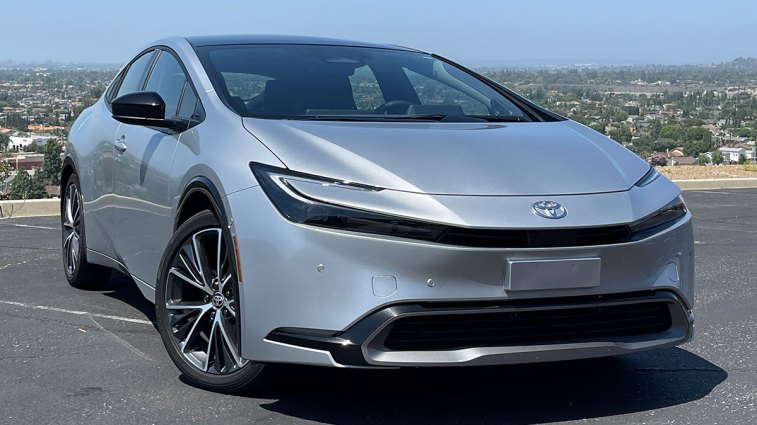
Traditional hybrid vehicles (HEVs) work by tapping into the internal combustion engine and an electric motor simultaneously to reduce carbon emissions and improve fuel efficiency.
Mild hybrids primarily rely on the combustion engine to power the vehicle. The battery is on the smaller side and cannot power the car on its own, but the electric motor does help with other operations to improve overall efficiency. Hybrid vehicles have a larger battery and motor to assist with propulsion. The electric motor and gas engine work in tandem to move the vehicle and improve its fuel economy.
HEVs have similar pros and cons as PHEVs, with some subtle contrast:
Pros of a Hybrid
- Improved Fuel Efficiency: HEVs are notably more fuel-efficient than traditional gasoline-only vehicles.
- Reduced Emissions: HEVs produce fewer emissions than conventional cars. This can contribute to improved air quality and reduced greenhouse gas emissions.
- Regenerative Braking: HEVs use regenerative braking to slow the vehicle. It transfers energy back into the hybrid’s battery to keep it properly charged.
- No Charging Required: Unlike PHEVs, HEVs don’t require external charging. This is more convenient for drivers who don’t have access to charging stations at home or along their regular routes.
Cons of a Hybrid
- No Electric-Only Option: HEVs have good fuel efficiency, but their inability to run on electricity alone means the vehicle will still consume gas.
- Limited Emissions Reduction: HEVs produce fewer emissions than traditional vehicles but are still heavily reliant on gasoline as the power source.
- Upfront Cost: HEVs tend to be more expensive than gas models of similar size and with comparable features. The hybrid system comes with an added cost, which affects the initial purchase price.
- Reduced Tax Incentives: Federal incentives typically apply to EVs and PHEVs, not hybrids. Some state and local governing authorities may offer a monetary stimulus for purchasing an HEV, but the savings will be minimal in comparison.
- Battery Replacement Costs: The battery in a hybrid vehicle is designed to stand the test of time, but if it degrades and needs to be replaced, it can be an expensive repair.
Is a Hybrid Better Than a PHEV for Long-Distance Driving?
If having a longer range is your criteria for “better for long-distance driving,” then a hybrid might be your preference. For example, the EPA estimates that the 2024 Toyota Prius hybrid base model has a range of 644 miles. By comparison, the 2024 Toyota Prius Prime plug-in hybrid gets 550 miles of range, including the 40 miles it can travel using only electricity.
Which Is Better, a Hybrid or Plug-in Hybrid?
Do you have convenient access to charging? If you can install a Level 2 charging station at home — or at least have access to a regular outlet in a garage or driveway — a PHEV may be an excellent choice. If not, consider how far you’d have to drive to the nearest charging station. Is it far? Are the chargers often full with a line of cars waiting? If so, consider a hybrid instead.
Are you prioritizing your carbon emissions output? If you’re on the fence about making the switch to a fully electric vehicle but still want to reduce your environmental footprint, a PHEV may be a welcomed bridging of the two fuel types.
Is your budget limited? As previously explained, hybrid and plug-in hybrids will be priced higher than comparable gas vehicles.
How long is your commute? If you sit in traffic multiple days a week or have lots of stop-and-go along your commute, a hybrid is a practical choice. It will offer better fuel efficiency than a conventional car, but you won’t have to worry about filling the gas tank as often and ensuring the battery is charged.
Read Related Articles:
Editor’s Note: This article has been updated since its initial publication. Chantel Wakefield contributed to the report.


